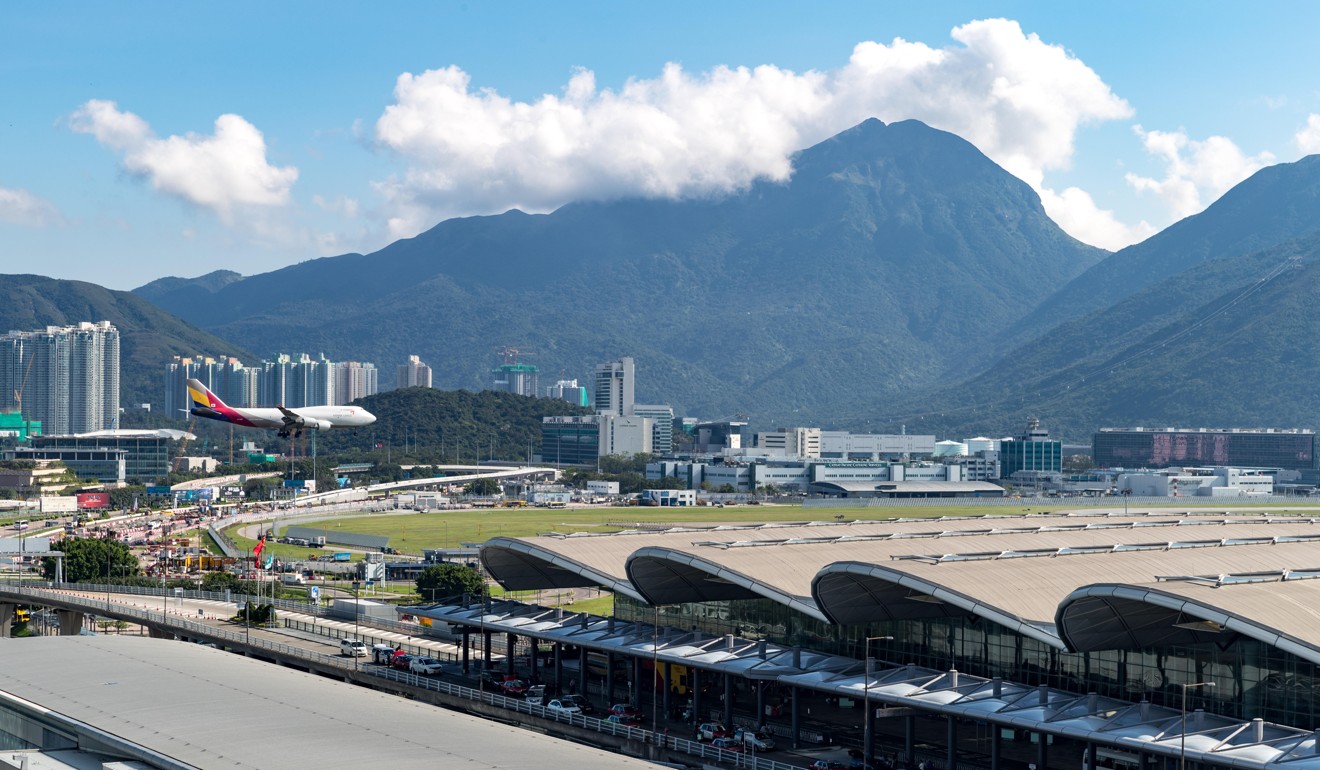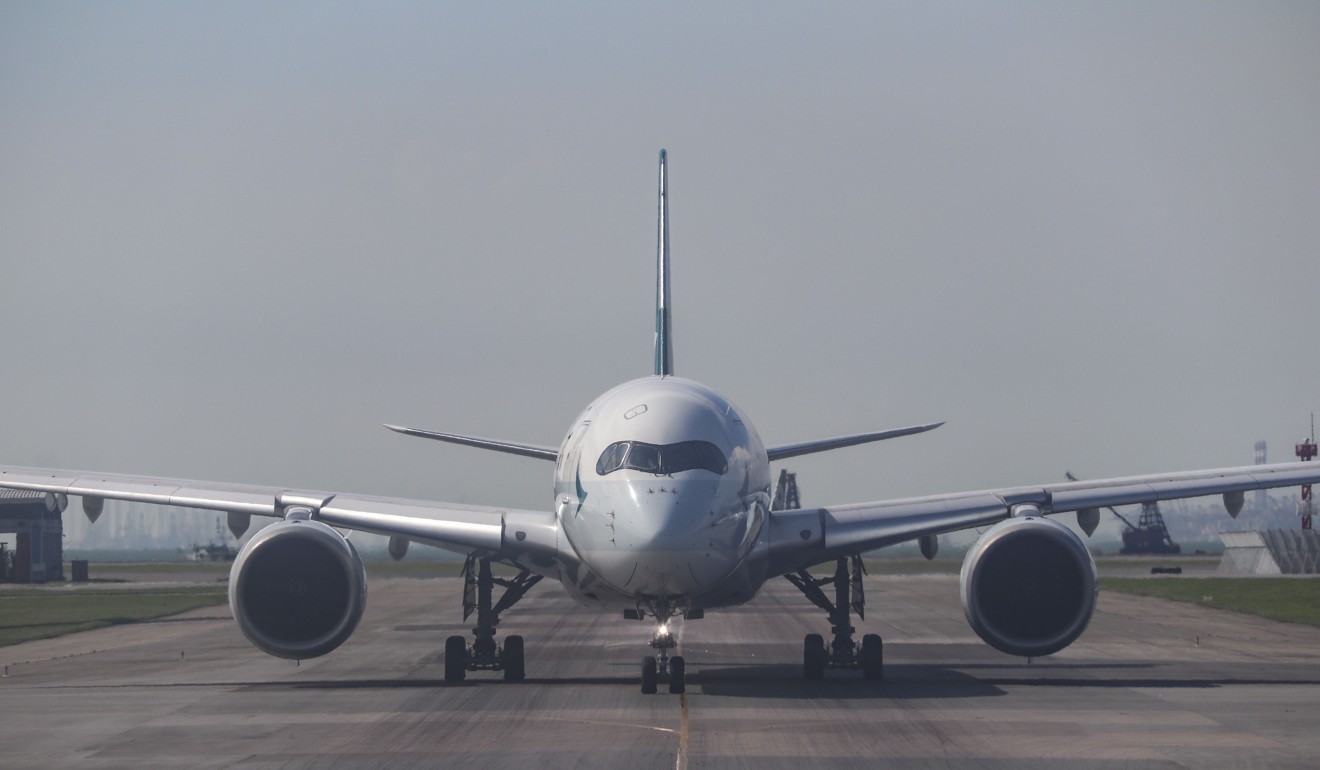
Hong Kong’s air traffic controllers left flying blind for six minutes as HK$1.56 billion system malfunctions again – but authorities insist safety was not affected
Civil Aviation Department recognises ‘importance of incident’ as lawmaker Jeremy Tam questions delay in alerting public about the failure
Hong Kong’s much-maligned HK$1.56 billion (US$200 million) air traffic control system malfunctioned again on Monday, after a lull in problems for more than a year.
The “momentary hitch”, which lasted six minutes, was only disclosed on Wednesday morning, but the Civil Aviation Department (CAD) insisted the incident “did not affect aviation safety”.

During the system malfunction, some air traffic control staff were left flying blind, as radar screens for three aircraft did not show full information, except for their flight position, altitude information and secondary surveillance radar code – the identification code assigned to planes.
The aviation regulator said air traffic controllers were able to “keep direct voice communication with the pilots” and still obtain all information they needed from all flights but as a precaution, they delayed giving clearance to departing flights for about six minutes.
Arrivals and planes flying through the city’s airspace were not affected.
Hong Kong airport’s new air traffic control system is safe and reliable
“The CAD attaches great importance to the occurrence,” it said in a statement. “The contractor was tasked right after the occurrence to conduct a thorough investigation and come up with a solution as soon as possible. The CAD will continue to follow up on the occurrence proactively.”
It also noted that the air traffic control system had multiple “fallback systems to tackle different scenarios” so that operations could continue even if there were an outage in one system.
Developed by US contractor Raytheon, the system went live at the airport in November 2016. In the initial months, multiple teething problems occurred, forcing authorities to play down safety fears and later invite the press to the CAD’s headquarters to try and dispel concerns.

They included planes disappearing from radar screens and phantom aircraft appearing on monitors. Screens were also sometimes left unable to display various pieces of flight information.
Incidents lasted between 26 seconds and 78 minutes, and in some cases flights were not permitted to take off for several minutes.
Monday’s failure, which the department disclosed after the Post sent it an inquiry, was identical to a failure on November 29, 2016, just weeks after the new system was officially commissioned.
Glitch-prone Hong Kong air traffic control system needs regular reboots: report
At that time radar screens were unable to show flight information as the system went down for 26 seconds, prompting departing flights to be halted for 15 minutes.
The Transport and Housing Bureau ordered a report from the system’s contractor within 48 hours, while the department gathered an expert panel of aviation administrators and technical specialists to meet regularly to monitor the system’s progress for a year.
“To me, it’s quite serious,” said lawmaker Jeremy Tam Man-ho, who had previously pressed the CAD over other air traffic control failures.
The transparency is getting worse
Criticising the timeliness and the lack of information to explain the newest malfunction, the qualified commercial pilot and Civic Party legislator added: “This happened two days ago. Now, a year-and-a-half ago, a proper announcement would be made on the day when it happened, and now they leave it for two days after some press inquiries.
“The transparency is getting worse.
Faulty new HK$1.56 billion air traffic control system stalls flights
In April, Europe’s computerised air space and flight management system suffered a glitch causing delays and cancellations to half of the 29,500 scheduled flights in one day.
Last month in Belgium, a flight data glitch saw no planes allowed to take off or land for two hours, triggering significant disruption during one of the busiest months of the year for flying. In 2015, Belgium airspace faced a different issue, with a power failure causing 200 flights in the country to be cancelled.
Delays to flights in Europe in particular are part of a growing industry concern about the lack of manpower to help meet the growing demand for air traffic.

